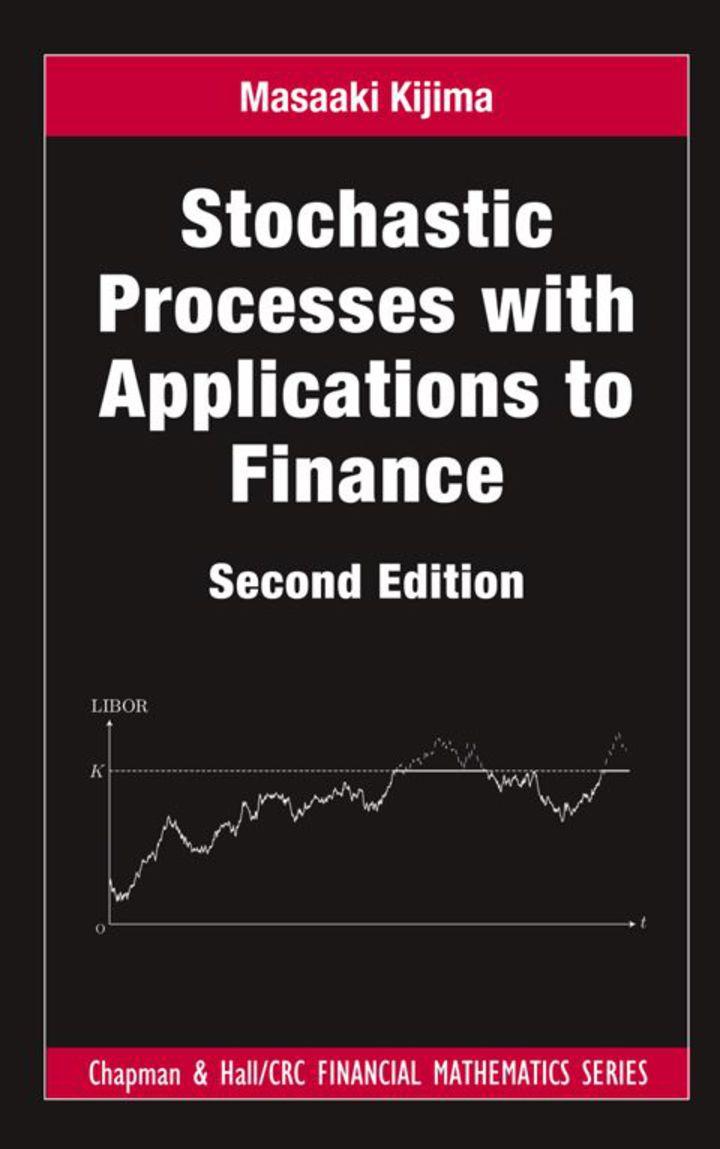Exercise 12.4 (FokkerPlanck Equation) For a Brownian motion, prove that the transition probability function P(x, y, t)
Question:
Exercise 12.4 (Fokker–Planck Equation) For a Brownian motion, prove that the transition probability function P(x, y, t) as well as the density function p(x, y, t) satisfies the PDE

This PDE is called the Fokker–Planck equation or the Kolmogorov forward equation by an obvious reason; cf. (7.7).
Fantastic news! We've Found the answer you've been seeking!
Step by Step Answer:
Related Book For 

Stochastic Processes With Applications To Finance
ISBN: 9781439884829
2nd Edition
Authors: Masaaki Kijima
Question Posted:





